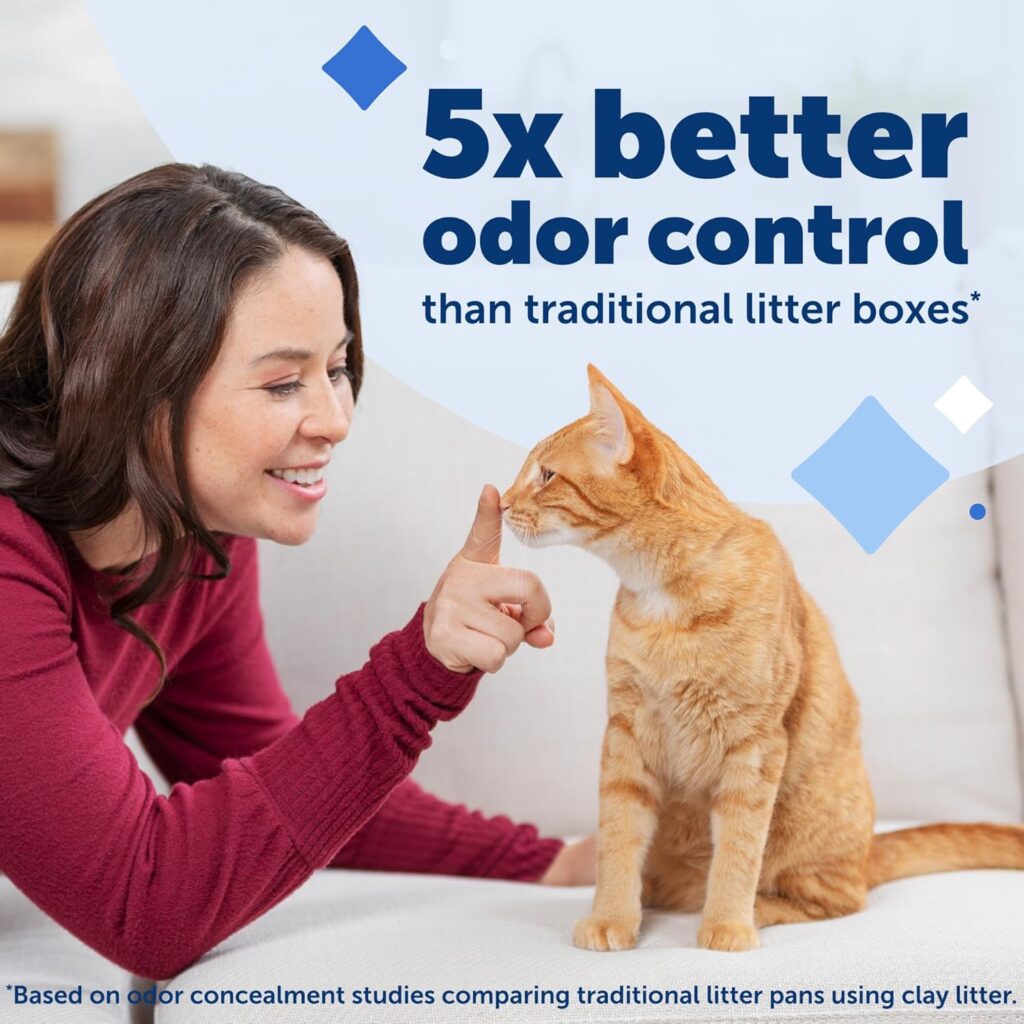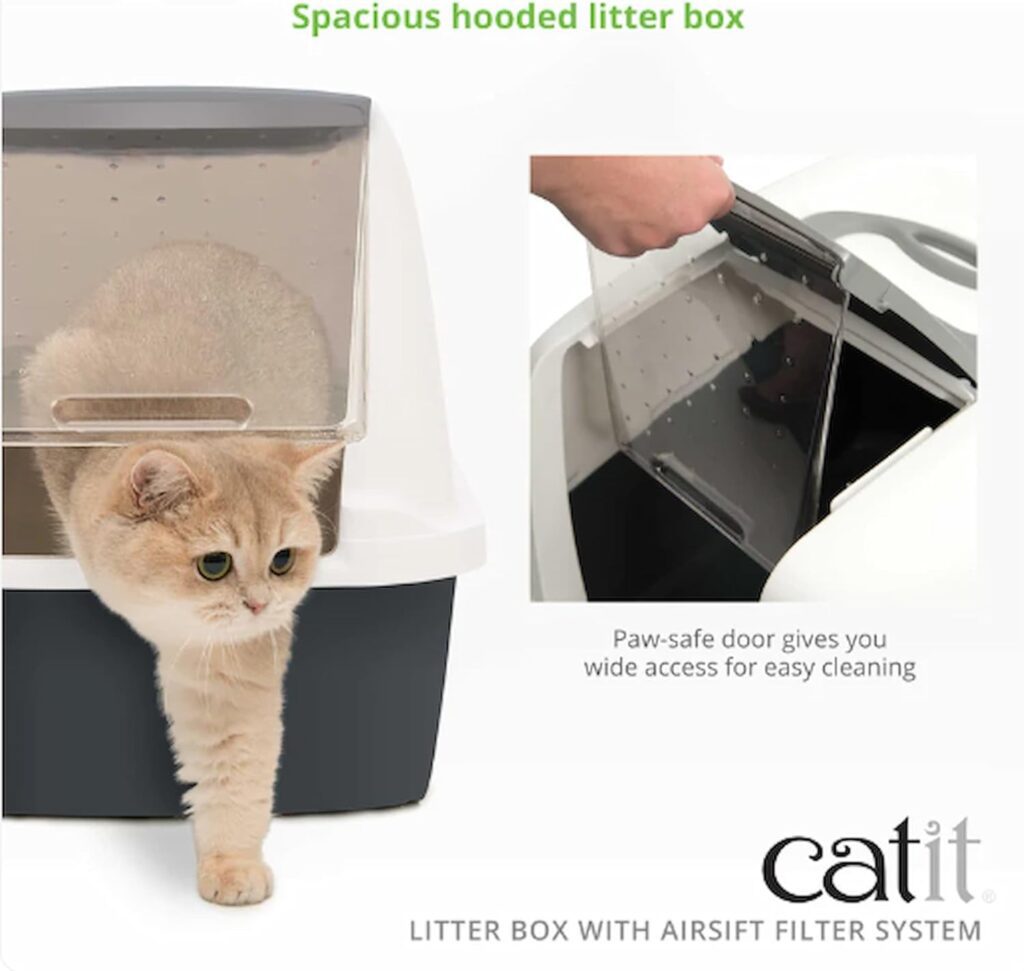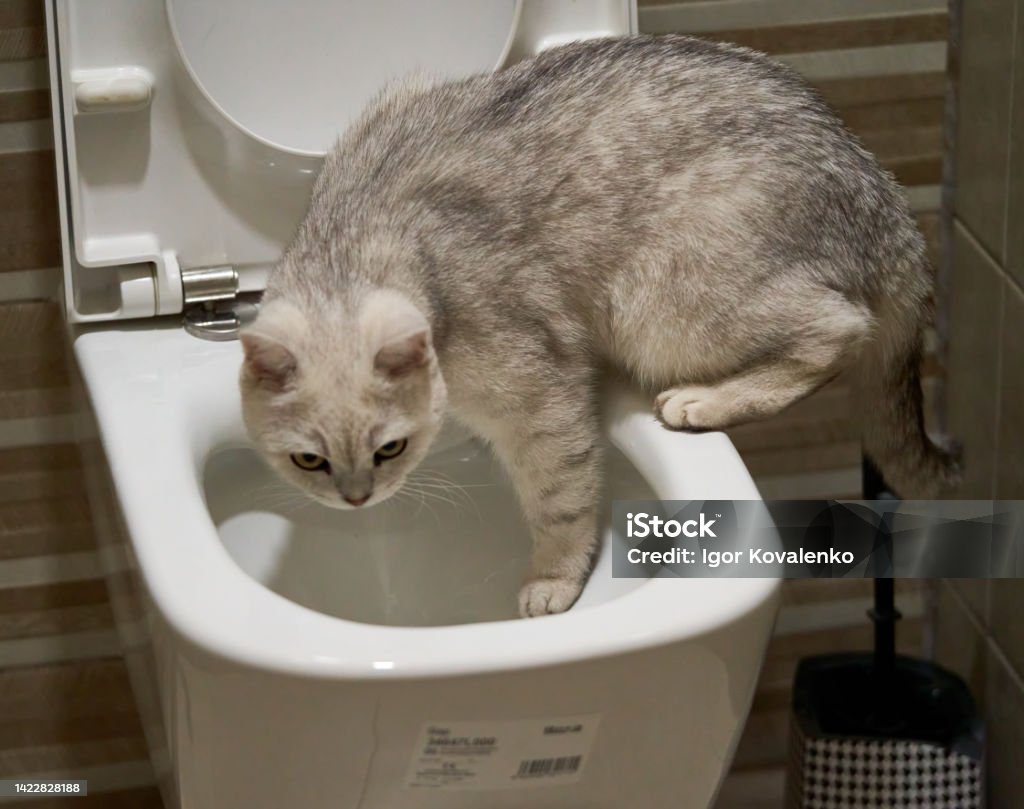Are you sick of cleaning litter boxes and putting up with untidy paws? What if we told you that you could toilet train your cat instead of using litter? Yes, just like you, your feline companion can also learn to use the human toilet! Imagine having a cleaner home, saving money on litter, and being awed by your cat’s expert performance. Curious? We’ll take you step-by-step through the entire process of turning this dream into a reality in this guide. Prepare to transform both your life and your cat’s bathroom habits. We can explain this guide in five simple steps to toilet train your cat.

Get the right litter tray
Start with a simple litter box made of plastic. You should pick ones that are large enough for them to move around in and have walls that aren’t too high so they can easily climb in when it’s time to leave. At this early hour, stay away from anything that has a door, steps, or cover. Our kitten can enter. The majority of cats prefer having two litter trays to use for urination. Keep in mind that your kitten is growing and that you might eventually need to switch to larger boxes because cats dislike using litter trays that are too small. When toilet training a kitten, selecting the best cat litter is just as crucial as the actual tray. There are many different types of cat litter, and each has advantages and disadvantages. Try to find out what kind of cat litter your kitten has been using, as they were likely introduced to it by their breeder. There are several options, including natural litters that are less dusty and environmentally friendly, crystal litter that retains moisture and odor, and clay litter that clumps when wet for easy removal. Ask your helpful veterinarian at Green Cross Vets about the variety of specialty litters available if your kitten has unusual traits like long hair or allergies. After speaking with your veterinarian, doctors.

Locate The Appropriate Location
Selecting the ideal spot for your cat’s new “bathroom” is the first step in toilet training them. A toilet necessitates careful consideration of your cat’s comfort, accessibility, and safety, in contrast to litter boxes, which can be hidden away in a peaceful corner. Here’s how to choose the best location for your cat to thrive.
. Select the Proper Toilet
Particularly from your cat’s perspective, not all toilets are made equal. Take into account these elements:
Accessibility: Select a cat-friendly toilet. If you have more than one bathroom, and if your cat follows you in, pick the one they already use.
In many cases, a suite is preferable to a busy family bathroom.
Stability: Verify the toilet seat’s stability because swaying seats can frighten your cat and make training difficult.

Regulate Their Area
It’s advisable to give your new kitten a smaller area when you first bring them home, such as the laundry room, until they adjust to their new surroundings. Because it keeps them near the litter tray and encourages them to use it when they need to, this will aid in toilet training.
. Encourage positive conduct
You should make it a habit to physically place your kitten in their litter tray as soon as they wake up in the morning, a few minutes after they have eaten and drunk, and after they have finished playing. They will be able to use it more rapidly as a result. Instead of raising your voice, use your words to gently encourage them. If your kitten has an accident on your couch or carpet, don’t punish them. They won’t understand and will only become afraid of you, seeking out safer places the next time. If you notice your kitten squatting, take them straight to the litter box and give them a gentle pat and some praise.
Additional Pointers To Remember
Maintain the cleanliness of their litter box.
Cats prefer clean surroundings, so if their litter boxes get dirty, they’ll probably look for a cleaner place to go. Make it a habit to check the litter each time you feed your kitten, and use an enzymatic cleaner that is safe for cats to thoroughly wash the litter box once a week (or sooner if necessary). However, if trainee kittens have accidents around the house, make sure to clean the area right away and completely to get rid of any lingering odor. If you don’t, you risk more accidents. For this, an enzymatic cleaner works best
Quickly Clean Up Any Messes.
If your cat urinates or defecates somewhere other than the litter tray, you should clean the tray thoroughly to avoid your cat smelling their waste and associating toilet time with a place that isn’t supposed to be a bathroom. Urine contains ammonia, so be careful not to use any products that contain it. If your cat urinates outside the box, pick it up and put it in the litter tray so they can smell it and associate using the tray with urinating.

How To Get Rid Of Diarrhea
Due to dietary problems and other factors, cats may be just as susceptible to diarrhea as humans. To reduce the amount of mess you have to clean up, try to remain patient and keep encouraging your kitten to go in the litter tray. If you’re unsure of how to get rid of diarrhea, you can use regular household cleaners and then use cat cleaning products to get rid of the odor.
